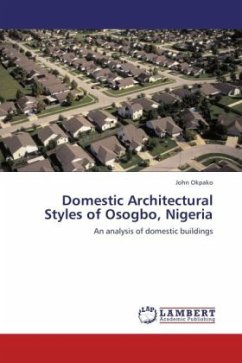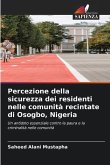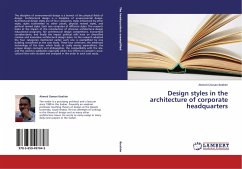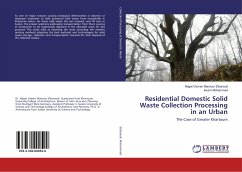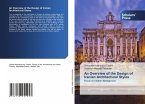The study examined the domestic buildings in Osogbo, Nigeria in order to identify their architectural characteristics and group them into appropriate styles. The qualitative and historical research methods were used. The qualitative method involved observations, documentation and interviews which yielded data about the selected buildings. The historical method also involved interviews which provided oral historical data about the buildings, their owners and the building processes. More historical data were provided by artisans selected from the Osogbo building industry, on the development of the industry and different styles of domestic buildings. The analyses were based on the plan forms, roof forms and the composition of the facades. Each style was defined by a unique and distinct combination of these elements. The study identified nine architectural styles and concluded that the architectural elements of the plan form, roof form and facade defined the styles of the domestic architecture of Osogbo and distributed them into historically unique styles.
Bitte wählen Sie Ihr Anliegen aus.
Rechnungen
Retourenschein anfordern
Bestellstatus
Storno

